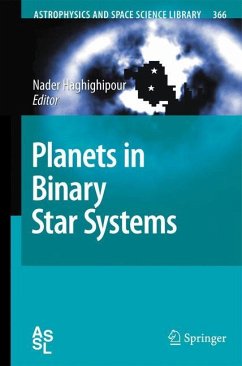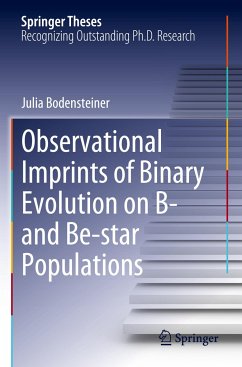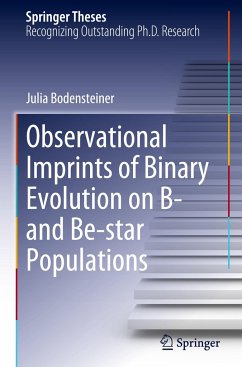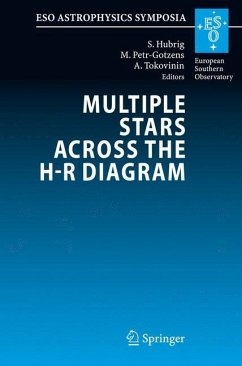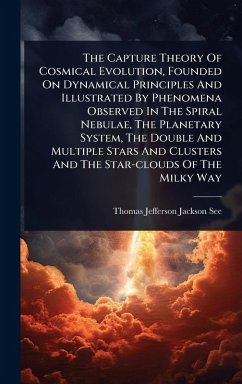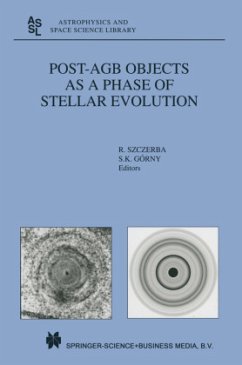
Binary AGB Stars Observed With Herschel
Morphological Structures Of 14 Binary AGB Candidates
Versandkostenfrei!
Versandfertig in 6-10 Tagen
34,99 €
inkl. MwSt.

PAYBACK Punkte
17 °P sammeln!
Asymptotic Giant Branch stars are stars at the end of their lifetime with low to intermediate masses. They are important in the Galactic context, since they contribute a lot of dust to the interstellar medium (ISM) and influence the chemical evolution of the Galaxy. Many AGB stars show peculiar outflow morphologies depending on their mass-loss rates. The outflowing wind of these stars collides with the surrounding interstellar medium (ISM). The collisions with the ISM result in the formation of bow shocks or rings, well visible in the latest Herschel Space Observatory images made with the on-b...
Asymptotic Giant Branch stars are stars at the end of their lifetime with low to intermediate masses. They are important in the Galactic context, since they contribute a lot of dust to the interstellar medium (ISM) and influence the chemical evolution of the Galaxy. Many AGB stars show peculiar outflow morphologies depending on their mass-loss rates. The outflowing wind of these stars collides with the surrounding interstellar medium (ISM). The collisions with the ISM result in the formation of bow shocks or rings, well visible in the latest Herschel Space Observatory images made with the on-board PACS instrument. Kelvin-Helmholtz and Rayleight-Taylor instabilities were found in the bow shock regions. With the help of Herschel and within the framework of the MESS (Mass loss of Evolved StarS) Guaranteed Time Key Program it was tried to distinguish between the different morphologies. Some of the AGB stars in the MESS sample are known binary stars and the binary state of some other objects is still in discussion. A new attempt to clarify the binarity of the objects can be made by checking their outflow morphology and to compare the results with known morphological (a-) symmetries in binary systems.




